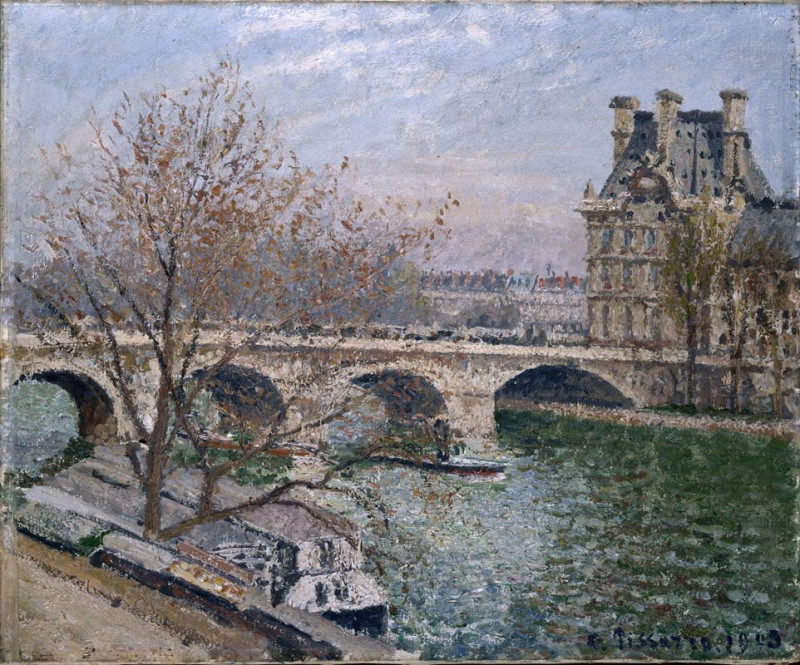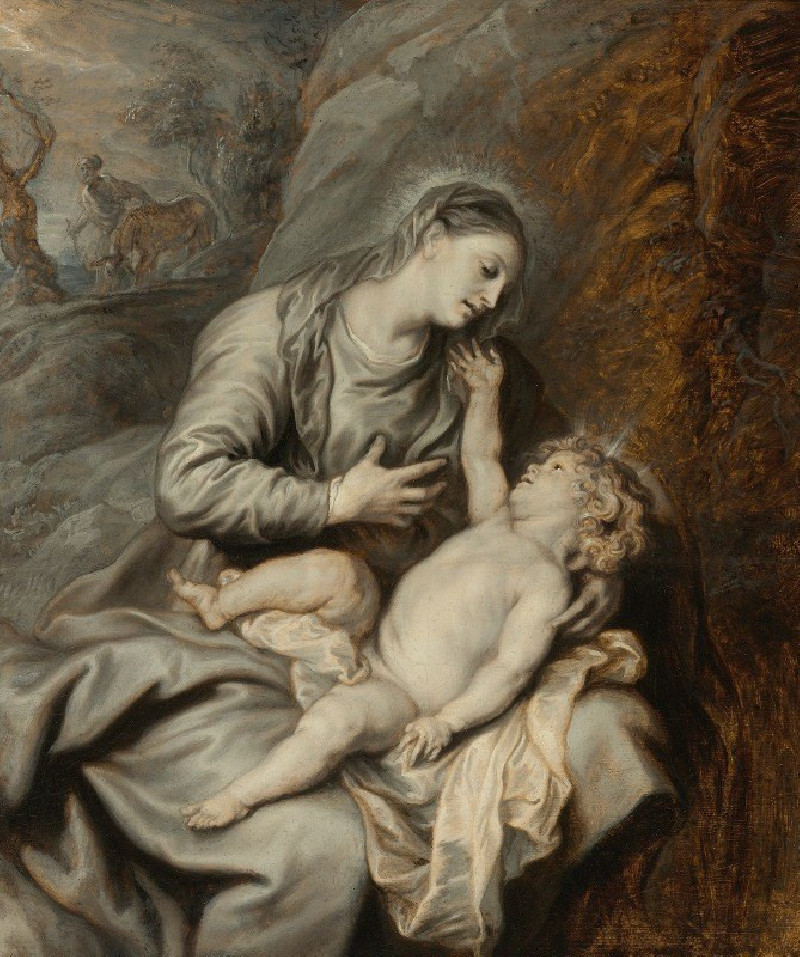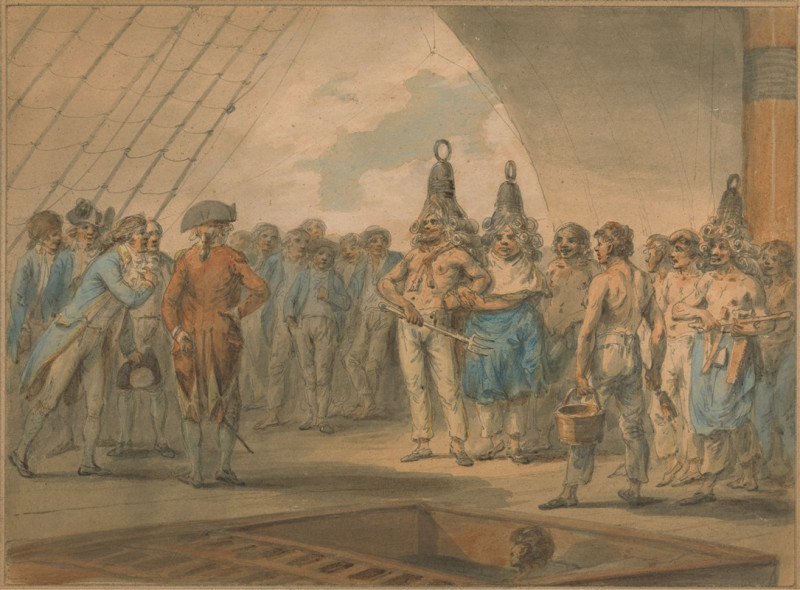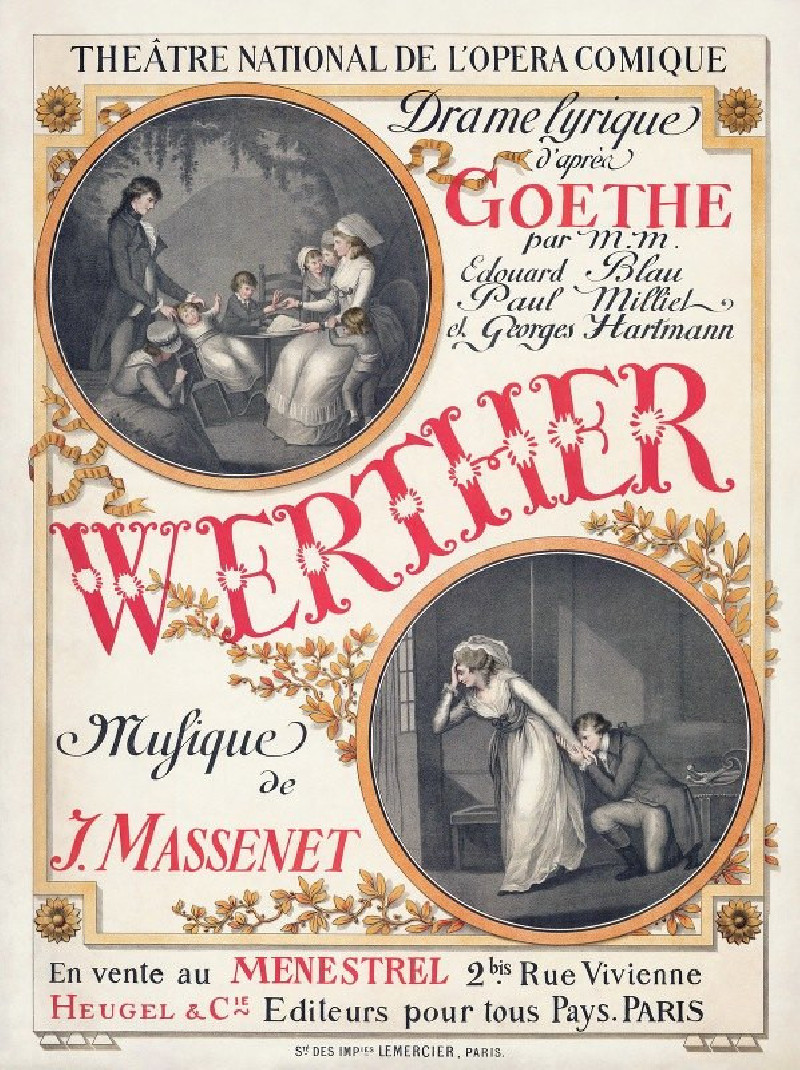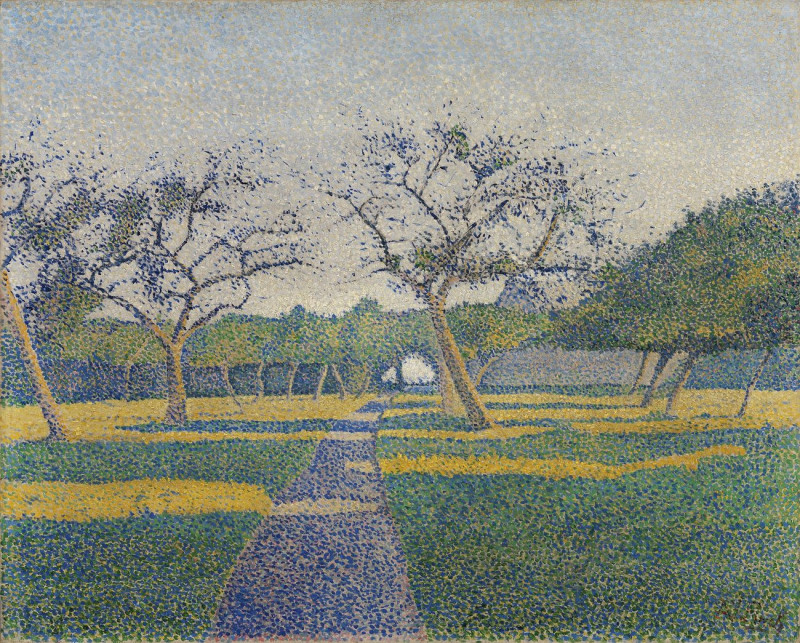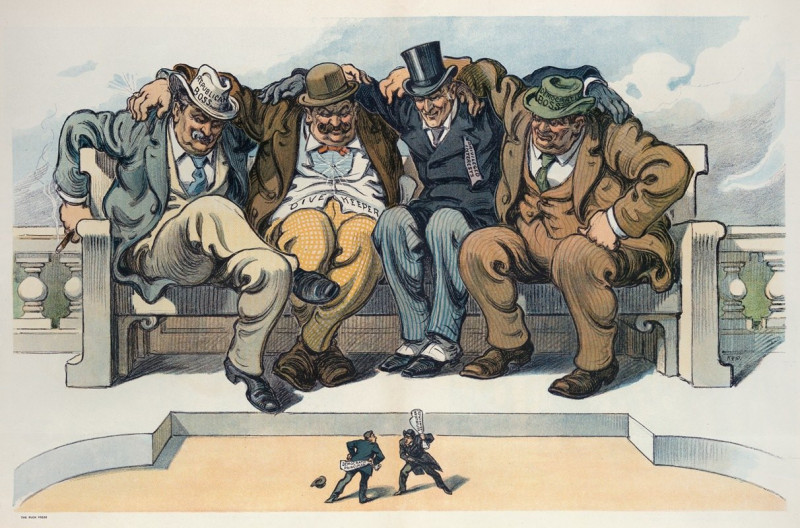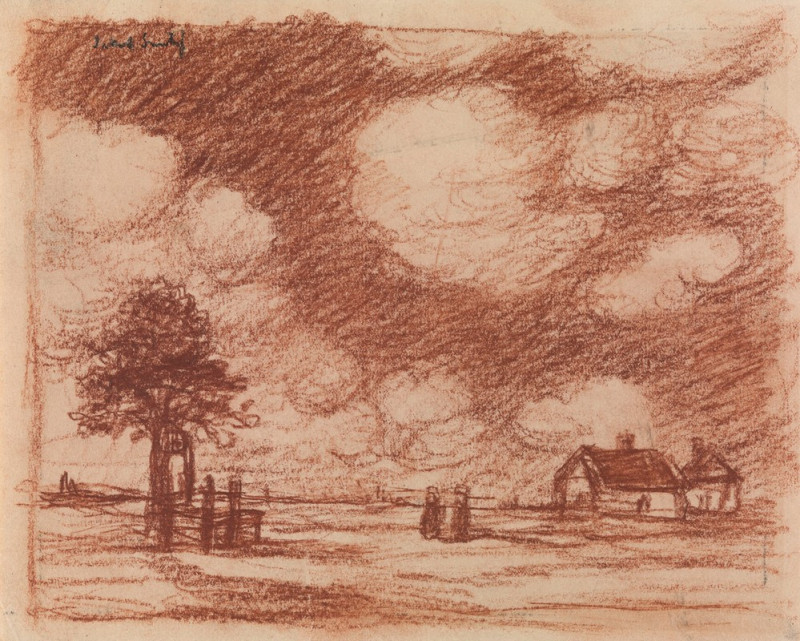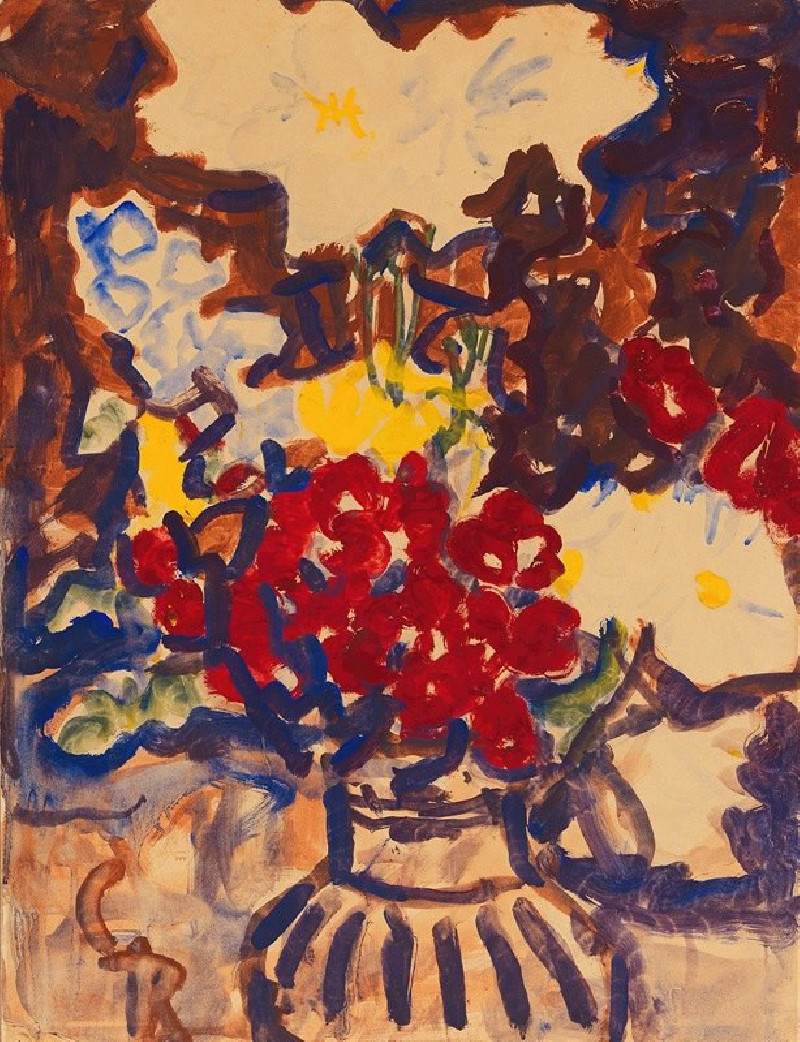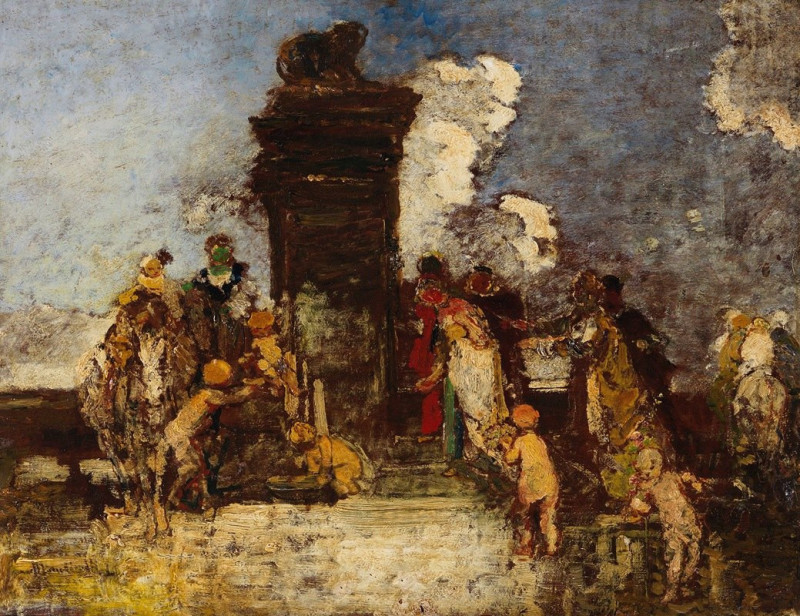Le Pont Royal et le Pavillon de Flore (1903)
Technique: Giclée quality print
Recommended by our customers
More about this artwork
"Le Pont Royal et le Pavillon de Flore" is a captivating painting by Camille Pissarro, completed in 1903. This impressionist artwork vividly captures a serene, cloudy day over the River Seine in Paris. The painting is anchored by the structural elegance of the Pont Royal, one of the most iconic bridges across the Seine, leading the viewer’s eye towards the distinguished Pavillon de Flore, a part of the famous Louvre Palace complex.Pissarro’s brushwork skillfully renders the rippling water of the river, reflecting the muted, overcast sky. In the foreground, delicate autumn trees, shedding their leaves, softly frame the composition. The muted color palette suggests the coolness of the season and enhances the overall tranquil atmosphere of the scene.This piece is not just a depiction of a Parisian landscape but also an intimate observation of light, texture, and color, showcasing Pissarro's masterful ability to capture the essence of a fleeting moment.
Delivery
Returns
Blessed are they who see beautiful things in humble places where other people see nothing. — Camille Pissarro
Camille Pissarro (1830-1903) was born on St.Thomas (now the US Virgin Islands) to a Portuguese father and a Dominican mother. He went to Paris to study art at Ecole des Beaux-Arts. He was an early pioneer of pointillism and neo-impressionism and later became a mentor of many famous impressionist painters including Cezanne, Manet, Renoir, and Gauguin. His paintings depicted rural and urban French landscapes and lifestyle. Many of his works politically captured images of peasants and laborers. Today, he is considered the father of impressionism.

